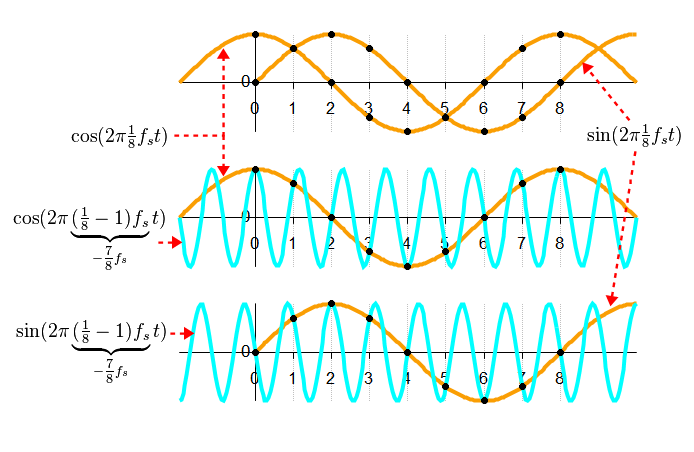I'm using audioplayer to generate sound from a series of sine waves (~200 – 500 Hz). My sample rate is 2KHz and each wave is played for 500ms. I'm presenting 16 waves, in series. However, the playback is riddled with audible clicks. These are not at the transition points between each consecutive wave. If I play the wave series (x) directly using 'sound(x, 2000)', I get no clicks. If I write the sounds to a .wav file, I get no clicks and the waveform looks clean in a sound file editor. The clicks are independent of output device also.
MATLAB: Audioplayer function: clicks during playback of sine waves
audioplayer

Best Answer